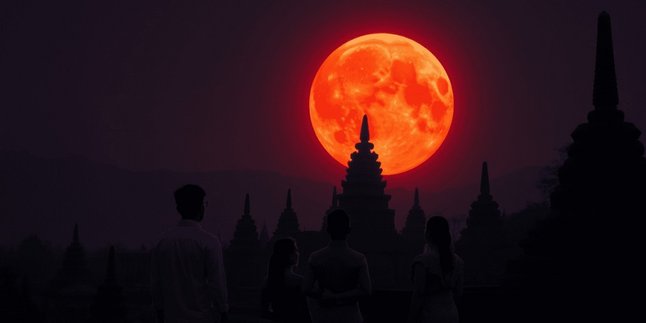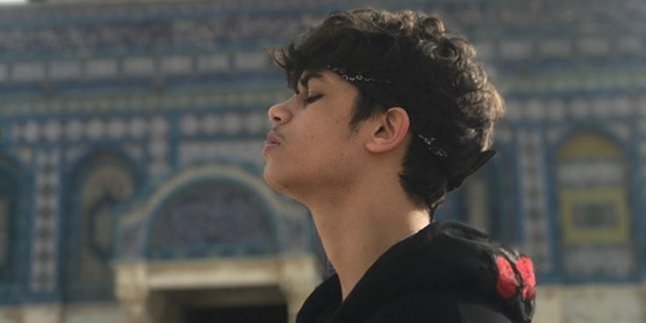Twitching in the eye of the right lower part is a phenomenon often experienced by many people. Although it seems trivial, eyelid twitching has its own meaning in Javanese cultural beliefs. Javanese primbon, a heritage rich in local wisdom, interprets various types of eyelid twitching, including twitching in the right lower eye. This article will thoroughly discuss
the meaning of right lower eyelid twitching according to Javanese primbon, as well as various aspects related to this phenomenon from medical and spiritual perspectives.
1. Understanding Eye Twitching in the Context of Javanese Primbon
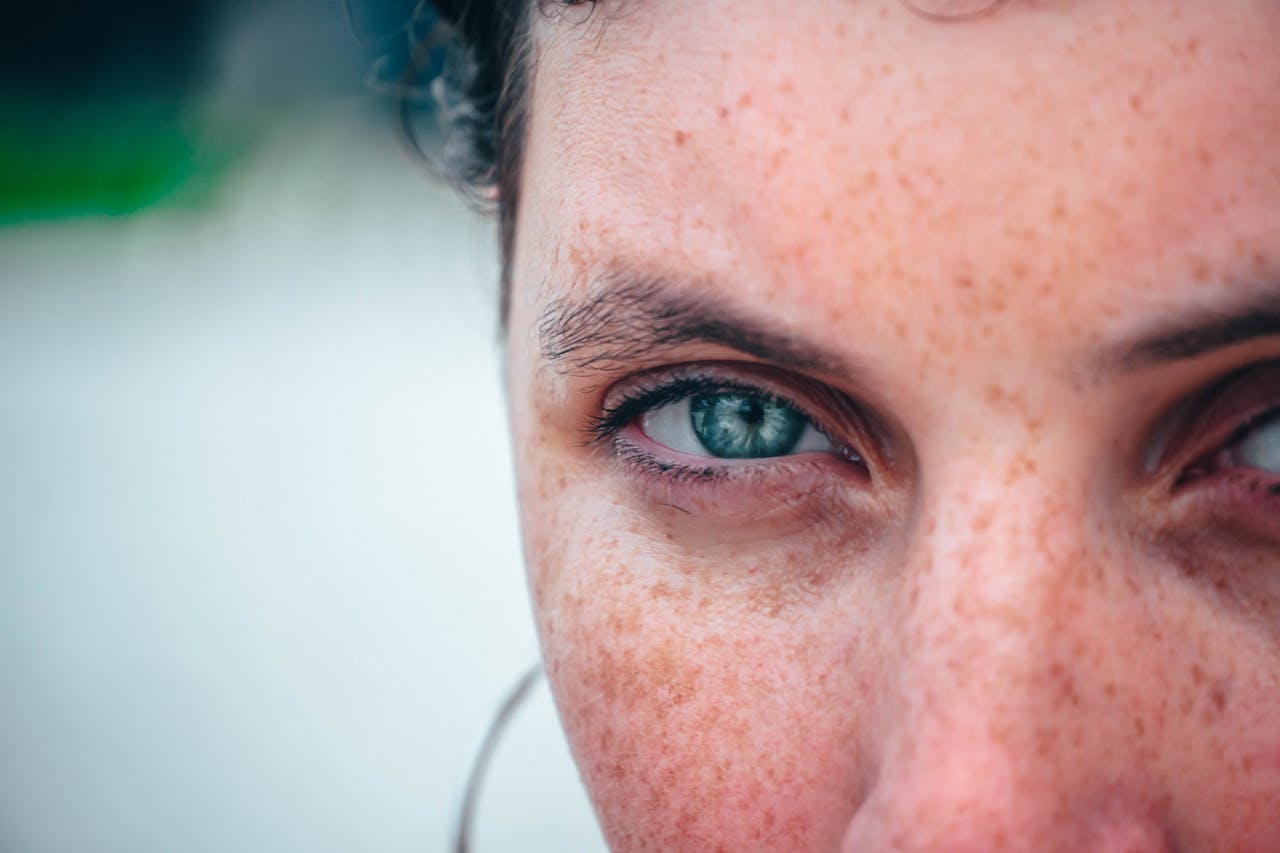
Right eye (credit: pexels)
Eye twitching, in the view of Javanese primbon, is not just a random occurrence without meaning. The Javanese people have believed since ancient times that twitching in certain parts of the body, including the eyes, has meanings and hidden messages. Eye twitching is believed to be a signal or sign of an event that will occur in the future.
In Javanese primbon, eye twitching is differentiated based on its specific location, such as the upper right eye, lower right eye, upper left eye, or lower left eye. Each location of twitching is believed to have different meanings. Specifically for the lower right eye twitching, Javanese primbon has its own interpretation that we will discuss further.
It is important to remember that the interpretation of eye twitching in Javanese primbon is a form of local wisdom and does not have a scientific basis. However, for some Javanese people, the understanding of the meaning of eye twitching is part of a cultural heritage that continues to be preserved to this day.
2. Meaning of Lower Right Eye Twitching According to Javanese Primbon
According to Javanese primbon, twitching in the lower right eye has several different interpretations. Here are some meanings that are often associated with twitching in the lower right eye:
- Sign of Sadness: Some versions of the primbon state that twitching in the lower right eye is a sign of impending sadness or grief. It is said that the person experiencing it will shed tears due to a sad event in the near future.
- Sign of Disappointment: In addition to sadness, this twitching can also be interpreted as a sign of experiencing disappointment. Perhaps a long-held hope will not come true or there will be betrayal from someone trusted.
- Unpleasant News: Twitching in the lower right eye is also often interpreted as a sign of receiving unpleasant news. This can serve as a warning to be more careful and prepare to face situations that may not be pleasant.
- Arrival of a Guest: On the other hand, there is also a more positive interpretation. Twitching in this area could mean that a guest will soon arrive, perhaps someone who has been long missed or awaited.
- Warning to Be Careful: Some versions of the primbon interpret this twitching as a warning to be more vigilant and careful in making decisions or taking actions in the near future.
It is important to note that these interpretations can vary depending on the timing of the twitching, a person's personal condition, and the version of primbon followed. Therefore, these interpretations should not be considered absolute truths, but rather as part of the cultural and traditional richness of Java.
3. Factors Influencing the Interpretation of Eye Twitches
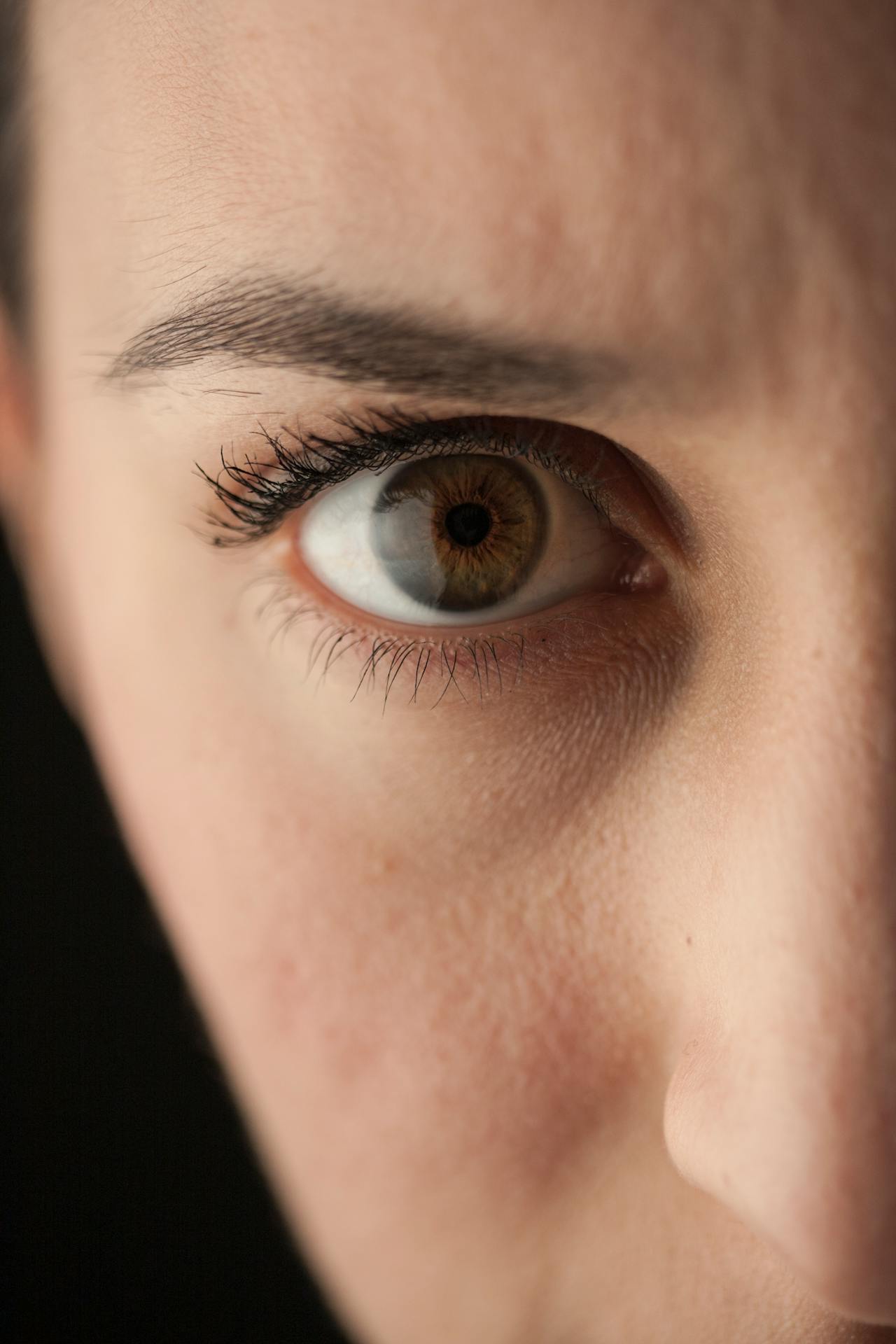
Right eye (credit: pexels)
In Javanese primbon, the interpretation of eye twitches does not solely depend on the location of the twitch. There are several other factors that also influence how a twitch is interpreted:
- Time of Occurrence: Javanese primbon differentiates the meaning of twitches based on the time they occur, such as morning, afternoon, evening, or night. For example, a lower right eye twitch in the morning may have a different meaning than a twitch that occurs at night.
- Duration of the Twitch: The length of the twitch is also considered influential. A twitch that lasts briefly may have a different meaning than one that lasts a long time.
- Intensity of the Twitch: How strong or weak the twitch feels can also affect its interpretation in Javanese primbon.
- Personal Condition: A person's life circumstances when experiencing the twitch, such as marital status, job, or health condition, can also influence how the twitch is interpreted.
- Accompanying Events: If there are specific events occurring simultaneously with the twitch, this can also affect its interpretation.
By considering these factors, the interpretation of the lower right eye twitch can become more specific and contextual. However, it should be emphasized again that this interpretation is cultural and does not have a strong scientific basis.
4. Scientific View on Eye Twitching
Although Javanese primbon provides spiritual or cultural interpretations for eye twitching, medical science has a different explanation. From a medical perspective, eye twitching, including in the lower right eye, is generally caused by physiological factors:
- Eye Muscle Fatigue: Excessive use of the eyes, such as staring at a computer or smartphone screen for long periods, can lead to fatigue in the eye muscles and trigger twitching.
- Stress and Anxiety: Disturbed mental conditions such as stress or excessive anxiety can affect the nervous system and cause twitching in various parts of the body, including the eyes.
- Nutritional Deficiency: Deficiencies in certain vitamins and minerals, especially magnesium, can trigger eye twitching.
- Dehydration: A lack of fluid intake in the body can lead to an electrolyte imbalance that results in eye twitching.
- Medication Side Effects: Some types of certain medications can have side effects that include eye twitching.
- Neurological Disorders: In rare cases, persistent eye twitching can be a symptom of certain neurological conditions.
It is important to remember that eye twitching is generally temporary and not harmful. However, if the twitching persists for a long time or is accompanied by other disturbing symptoms, it is advisable to consult a doctor for further examination.
5. How to Naturally Overcome Eye Twitching
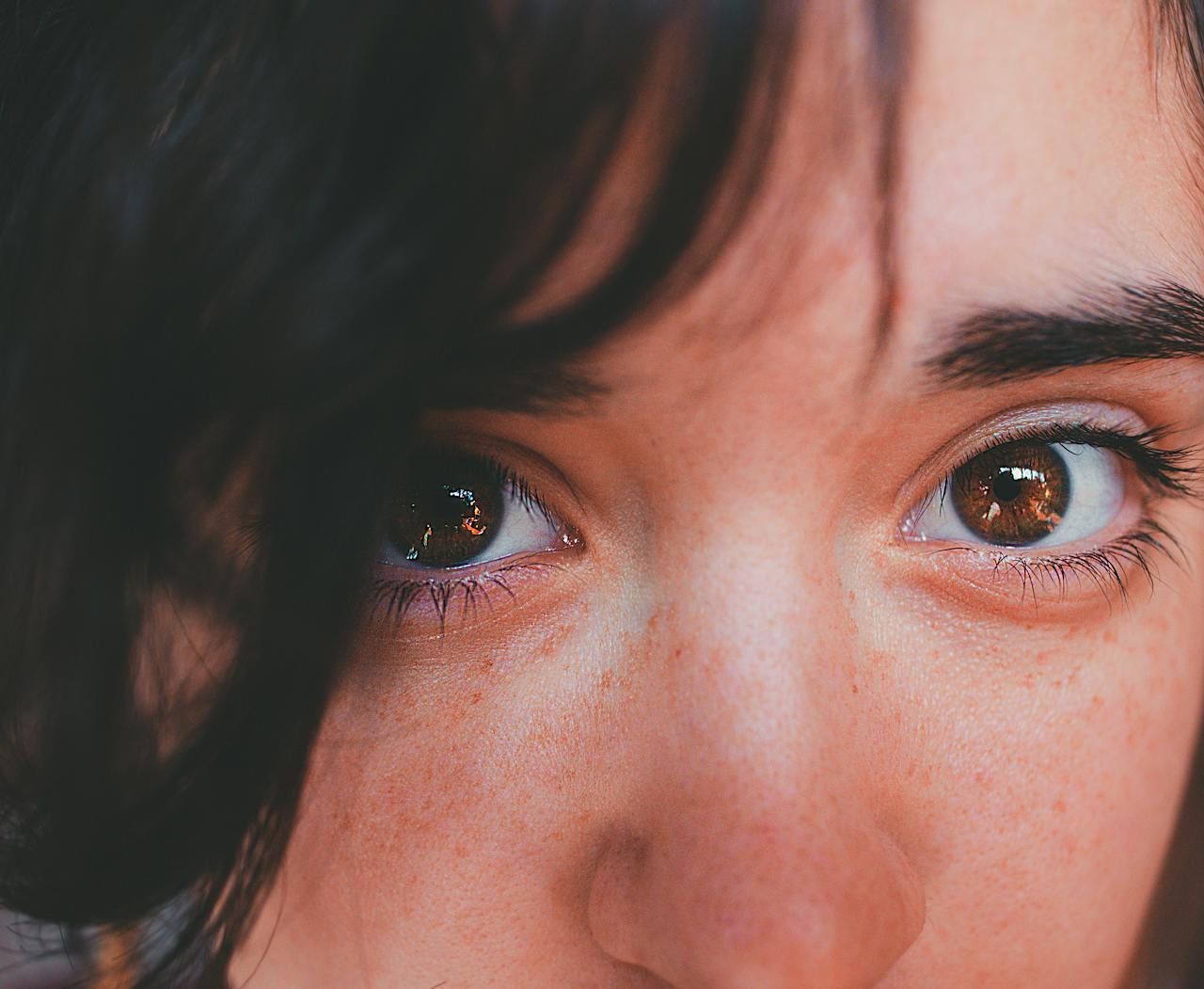
Right eye (credit: pexels)
Although eye twitching is generally not harmful, sometimes this sensation can interfere with daily activities. Here are some natural ways to address or reduce eye twitching:
- Rest Your Eyes: Give your eyes enough rest, especially if you often work in front of a computer screen. Apply the 20-20-20 rule, which means every 20 minutes, look at an object 20 feet away (about 6 meters) for 20 seconds.
- Compress Your Eyes: Apply a warm or cold compress to the twitching area of your eyes. This can help relieve muscle tension and reduce twitching.
- Improve Sleep Patterns: Make sure you get enough quality sleep every night. Lack of sleep can trigger stress and fatigue that lead to eye twitching.
- Manage Stress: Practice relaxation techniques such as meditation, yoga, or deep breathing to reduce stress levels that can trigger eye twitching.
- Improve Nutritional Intake: Consume foods rich in magnesium, calcium, and B vitamins. These nutrients are important for the health of the nervous and muscular systems.
- Avoid Excessive Caffeine: Reduce caffeine intake, especially if you feel sensitive to it. Excessive caffeine can trigger muscle tension and twitching.
- Stay Hydrated: Make sure you drink enough water throughout the day to avoid dehydration that can trigger eye twitching.
- Do Eye Stretching: Periodically, perform eye movements such as rolling your eyes, focusing your gaze from near to far, and blinking several times to relax the eye muscles.
If eye twitching persists despite trying the methods above, or if accompanied by other disturbing symptoms, it is advisable to consult an eye doctor for appropriate treatment.
6. Myths and Facts About Eye Twitching
As traditional beliefs and modern information evolve, many myths and facts circulate around eye twitching. Let’s examine some of them:
Myths:
- Eye Twitching is Always a Spiritual Sign: Although Javanese beliefs associate eye twitching with certain signs, scientifically, eye twitching is more often caused by physiological factors.
- Right Eye Twitching Always Means Good Luck: Not necessarily. The meaning of twitching can vary depending on interpretation and cultural context.
- Eye Twitching Can Be Cured with Certain Rituals: There is no scientific evidence to support this claim.
- Eye Twitching is a Sign of Meeting a Soulmate: This is just a popular belief without scientific basis.
Facts:
- Eye Twitching is Generally Not Dangerous: In most cases, eye twitching is a temporary phenomenon and does not indicate serious health issues.
- Stress Can Trigger Eye Twitching: Stress and anxiety can indeed cause muscle tension that leads to eye twitching.
- Nutritional Deficiencies Can Cause Twitching: Magnesium deficiency and B vitamin complex deficiency can contribute to the occurrence of eye twitching.
- Eye Twitching Can Be a Symptom of Medical Conditions: Although rare, persistent eye twitching can indicate certain neurological conditions and should be examined by a doctor.
It is important to understand that while traditional beliefs have their own cultural value, a scientific approach is still necessary in understanding and addressing the phenomenon of eye twitching.
7. When to Consult a Doctor?
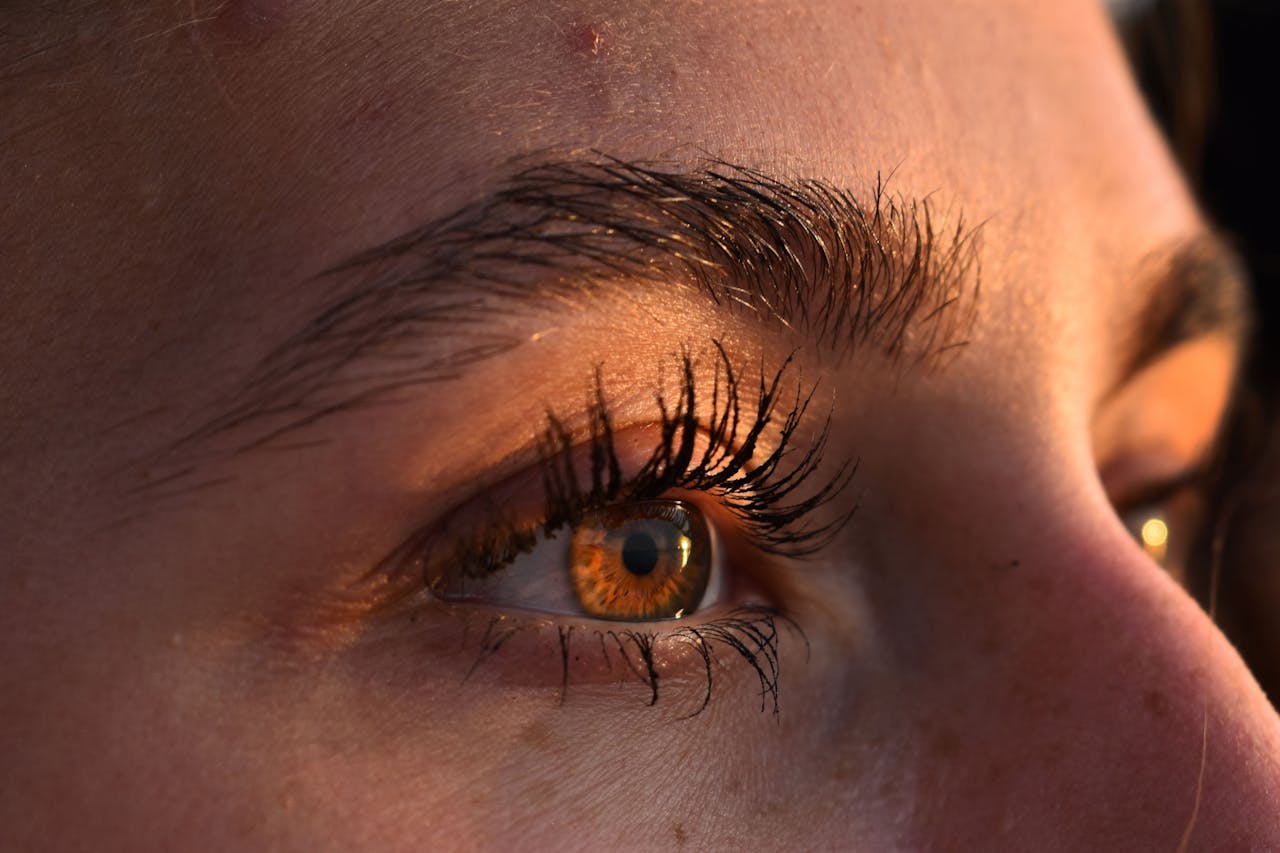
Right eye (credit: pexels)
Although eye twitching is generally harmless and often resolves on its own, there are several situations in which you should consult an eye doctor or neurologist:
- Prolonged Twitching: If the eye twitching lasts for more than a few weeks without stopping, it could indicate a more serious problem.
- Twitching Accompanied by Other Symptoms: If the eye twitching is followed by other symptoms such as severe headaches, blurred vision, or difficulty moving the eye, consult a doctor immediately.
- Spreading Twitching: If the twitching starts to spread to other parts of the face or other limbs, this could be a sign of a neurological condition that needs to be examined.
- Twitching Disturbing Vision: If the eye twitching begins to interfere with your ability to see clearly or perform daily activities, it is advisable to see a doctor promptly.
- Twitching Accompanied by Swelling or Redness: If the twitching area of the eye also experiences swelling, redness, or other irritation symptoms, this could be a sign of infection or another issue that requires medical attention.
- History of Certain Diseases: For those with a history of certain neurological or eye diseases, persistent eye twitching should always be discussed with a doctor.
The doctor will conduct a thorough examination to determine the cause of the eye twitching and provide appropriate treatment. The examination may include vision tests, neurological exams, or even brain scans if necessary.
8. The Impact of Eye Twitching on Mental Health
Although eye twitching is generally not a serious health issue, this phenomenon can have an impact on a person's mental health, especially if it lasts for a long time or occurs frequently. Some potential effects include:
- Anxiety: Persistent eye twitching can trigger feelings of anxiety, especially if someone is overly focused on the symptom or worries there is a serious health problem.
- Stress: Ironically, while stress can be a cause of eye twitching, prolonged twitching can also increase a person's stress levels, creating a difficult cycle to break.
- Concentration Issues: Disruptive eye twitching can affect a person's ability to concentrate on work or daily activities.
- Sleep Problems: Excessive worry about eye twitching can disrupt sleep quality, which in turn can exacerbate the twitching condition.
- Decreased Self-Confidence: In some cases, eye twitching that is visible to others can make someone feel uncomfortable and lower their self-confidence, especially in social situations.
To address these psychological impacts, it is important to:
- Understand that eye twitching is generally harmless and often temporary.
- Implement relaxation techniques and stress management.
- Focus on self-care and a healthy lifestyle.
- If concerns persist, consulting with a mental health professional can help address anxiety related to these physical symptoms.
With the right approach, both to the physical symptoms and their mental impacts, eye twitching can be managed without significantly disrupting quality of life.
9. Differences in the Interpretation of Eye Twitching Across Cultures
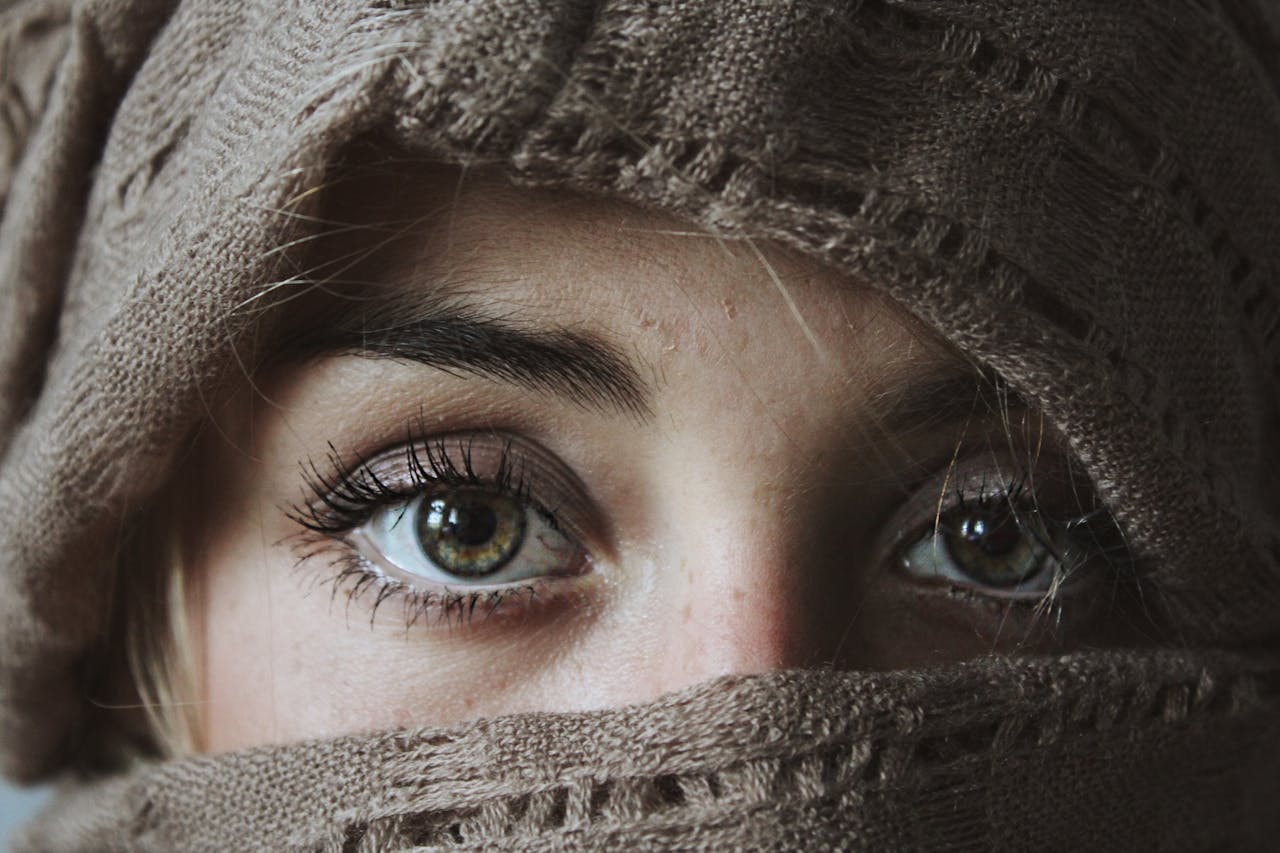
Right eye (credit: pexels)
The phenomenon of eye twitching is not only recognized in Javanese primbon but also has various interpretations across different cultures around the world. Here are some examples of the differences in the interpretation of eye twitching in various cultures:
- Chinese Culture: In traditional Chinese belief, twitching of the left eye is often considered a good omen, while twitching of the right eye may indicate that a guest or news is coming.
- Indian Culture: In India, the interpretation of eye twitching can vary depending on a person's gender. For example, twitching of the right eye in women is considered a good sign, while in men it may mean the opposite.
- African Culture: Some tribes in Africa believe that eye twitching can be a sign of meeting someone who has not been seen for a long time.
- Western Culture: In some Western countries, there is a popular belief that eye twitching could mean someone is talking about you.
- Middle Eastern Culture: In some Middle Eastern countries, twitching of the right eye is often associated with good news, while twitching of the left eye may indicate that challenges are coming.
These differences in interpretation show how a natural phenomenon like eye twitching can have diverse cultural meanings. Nevertheless, it is important to remember that these interpretations are more cultural in nature and do not have a scientific basis. In the context of health, a medical approach remains the primary reference in understanding and addressing eye twitching.
10. The Role of Eye Twitching in Literature and Art
The phenomenon of eye twitching is not only part of traditional beliefs but has also found its place in various forms of artistic expression and literature. Here are some examples of how eye twitching is represented in the world of art and literature:
- Poetry and Verse: In some poetry traditions, eye twitching is often used as a metaphor for intuition or premonition. For example, a poet might describe eye twitching as a sign of impending significant change in life.
- Folktales: Many folktales across cultures incorporate eye twitching as an important element in the plot. Often, the main character experiences eye twitching before significant events occur.
- Visual Art: Some contemporary painters have explored the theme of eye twitching in their works, using visual distortion or special techniques to depict the sensation of twitching.
- Film and Theater: In some film or theater productions, eye twitching is used as a visual element to indicate a character's anxiety or as a sign that something is about to happen.
- Music: Some folk or traditional songs may mention eye twitching as part of the lyrics, often associated with themes such as intuition or premonition.
- Novels: In literature, eye twitching is sometimes used by writers as a detail for characterization or as a foreshadowing element in the plot.
The representation of eye twitching in art and literature shows how a simple physical phenomenon can have rich and diverse symbolic meanings. It also reflects how traditional beliefs and everyday experiences can influence and enrich artistic expression and cultural narratives.
11. Conclusion
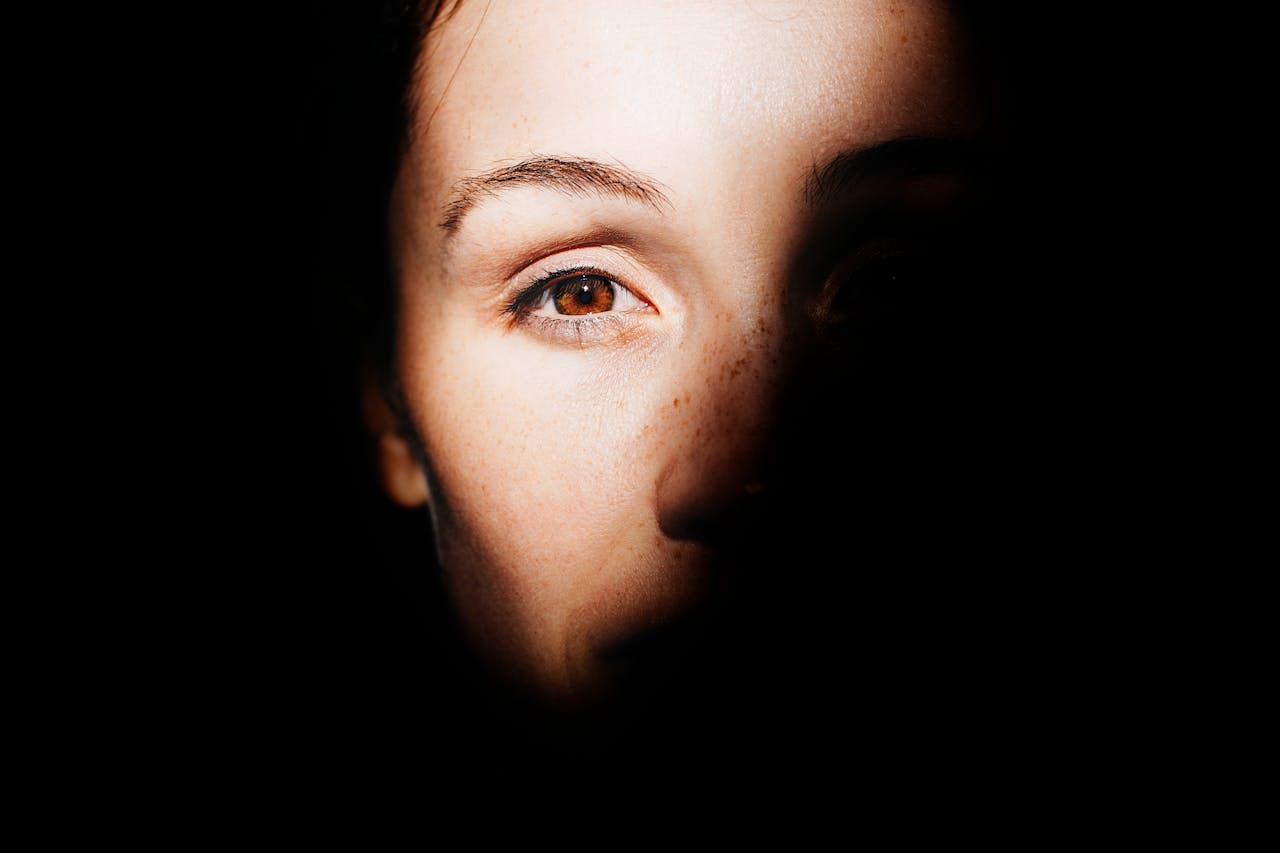
Right eye (credit: pexels)
Eye twitching in the lower right, like various other types of twitches, has a range of interpretations in the context of culture and traditional beliefs, particularly in Javanese primbon. From signs of good fortune to warnings to be cautious, the meaning behind this twitching reflects the richness of cultural heritage that has been passed down through generations.
However, it is important to remember that from a medical perspective, eye twitching is generally a harmless phenomenon and is often caused by factors such as fatigue, stress, or nutritional imbalances. Nevertheless, if the twitching persists for a long time or is accompanied by other disturbing symptoms, consulting a healthcare professional is still recommended.
In addressing the phenomenon of eye twitching, we are invited to bridge local wisdom and scientific understanding. Valuing cultural heritage does not mean ignoring medical explanations, and vice versa. With a balanced approach, we can enrich our understanding of the body and health while still respecting the wealth of traditions and beliefs that have shaped our cultural identity.
Regardless of cultural interpretations or scientific explanations, eye twitching can serve as a reminder for us to pay more attention to our health and well-being. Whether it’s through getting enough rest, managing stress, or improving our diet, each twitch can be a moment of reflection to take better care of ourselves.
Find more interesting reviews at kapanlagi.com. If not now, when?
(kpl/psp)
Disclaimer: This translation from Bahasa Indonesia to English has been generated by Artificial Intelligence.










